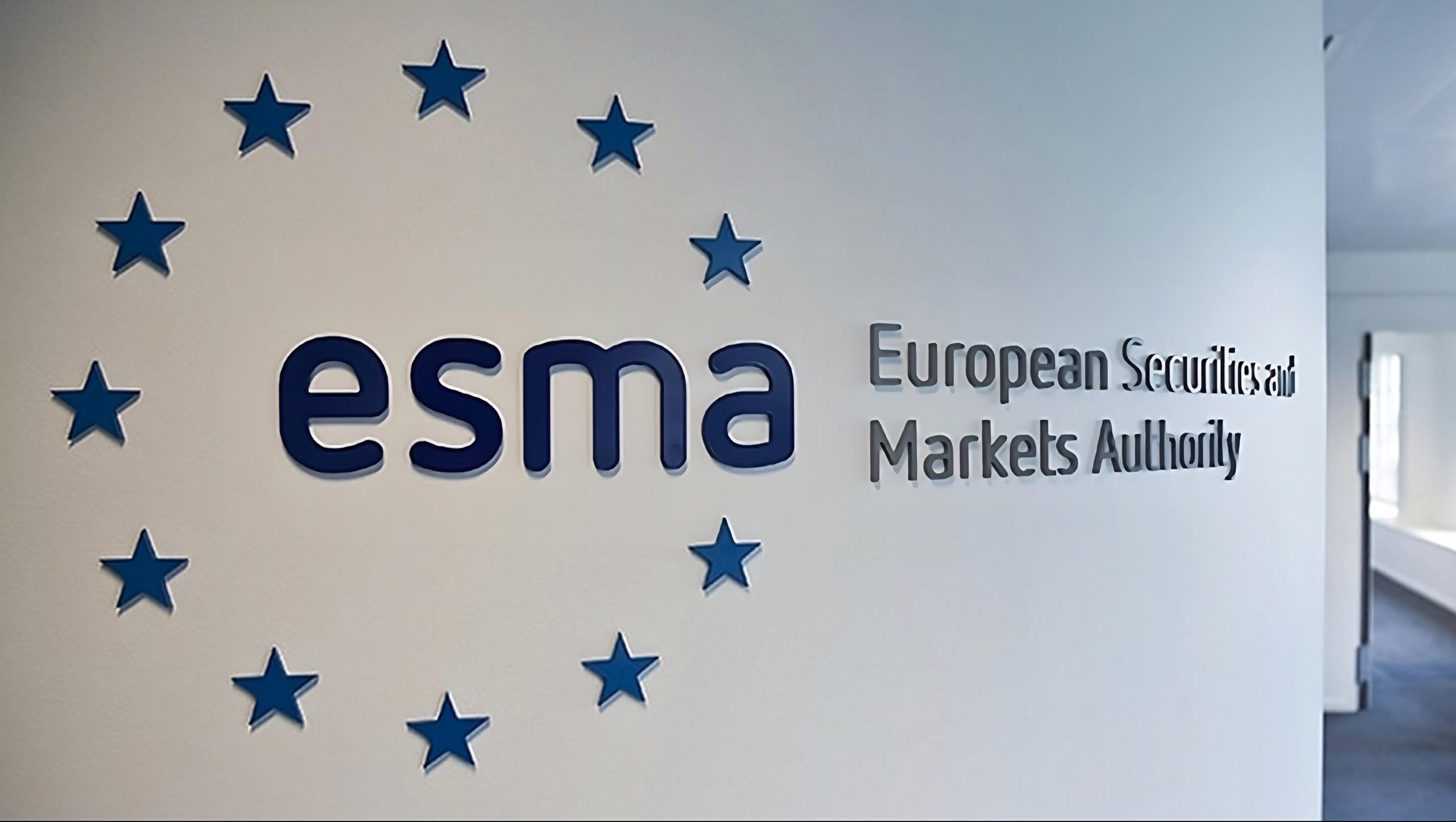As the crypto sector continues to grow at a rapid pace, regulators across the globe are working to establish comprehensive frameworks governing this burgeoning industry.
In Europe, several oversight bodies have recently taken steps to refine existing rules and provide much-needed clarity and guidance.
European Rules for Crypto Exchanges and Wallets
The European Banking Authority (EBA) has proposed updates to anti-money laundering (AML) and combating the financing of terrorism (CFT) protocols for crypto asset service providers (CASPs).
According to a November consultation paper, the current guidelines are insufficient for crypto companies dealing with ever-evolving risks and use cases.
Among other proposals, the EBA recommends streamlining rules for both payment firms and CASPs. This would help establish uniform oversight.
Additionally, the regulator wants to see improved protocol interoperability between exchanges to facilitate seamless information sharing.
CASPs may also face new requirements to collect and store data on self-hosted crypto wallets above 1,000 euro transaction thresholds.
Speaking of self-custody, the EBA is looking tobeef up verification processes for transfers sending crypto to or receiving crypto from personal wallets. Exchanges would need to confirm ownership and control of those addresses.
Don’t forget to follow EXEcrypto to read the latest crypto news and regulatory updates impacting this dynamic industry.
Stablecoins in the Spotlight

Meanwhile, the European Securities and Markets Authority (ESMA) continues refining implementation of the Markets in Crypto-Assets Regulation (MiCAR).
As a key part of the European Union’s digital finance package, MiCAR creates a comprehensive framework governing crypto issuance, exchanges, and related services.
The second MiCAR consultation packet delivered by ESMA in October delved into additional disclosure requirements for stablecoin backers. Sustainability reporting and transparency around reserve assets were a focal point.
This reflects regulators’ emphasis on so-called “asset-referenced tokens” like Tether (USDT) and USD Coin (USDC) given their prominent usage.
Earlier in 2023, the EBA encouraged stablecoin issuers to voluntarily adopt guiding principles for risk management and consumer protection as the sector rapidly expands.
Regulatory coordination between the EBA and ESMA signals European watchdogs’ aim to foster responsible growth and mitigate issues as cryptocurrency inevitably becomes more interwoven with traditional finance.
Roadmap to Proportional Rules
With MiCAR set to take full effect by late 2024, oversight bodies continue refining implementation details through open consultations. Loyens & Loeff, a prominent law firm, has closely tracked this phased rollout.
As the firm explained in a recent briefing, MiCAR introduces much-needed rules while incorporating transitional measures to avoid stifling useful fintech progress. Crypto startups active before MiCAR will get grandfathered periods to apply for licenses later on.
And streamlined authorizations are on the table between late 2024 and mid-2026 for already-registered firms. Such proportionality shows regulators seeking sensible oversight over censorship.
As the crypto roadmap in Europe becomes clearer, continued coordination will balance compliance and innovation.
2023 has emerged as a pivotal year for establishing groundwork regulating various crypto uses and players in Europe. It’s reassuring to see data privacy and financial inclusion featured in these discussions alongside traditional roles like market integrity.